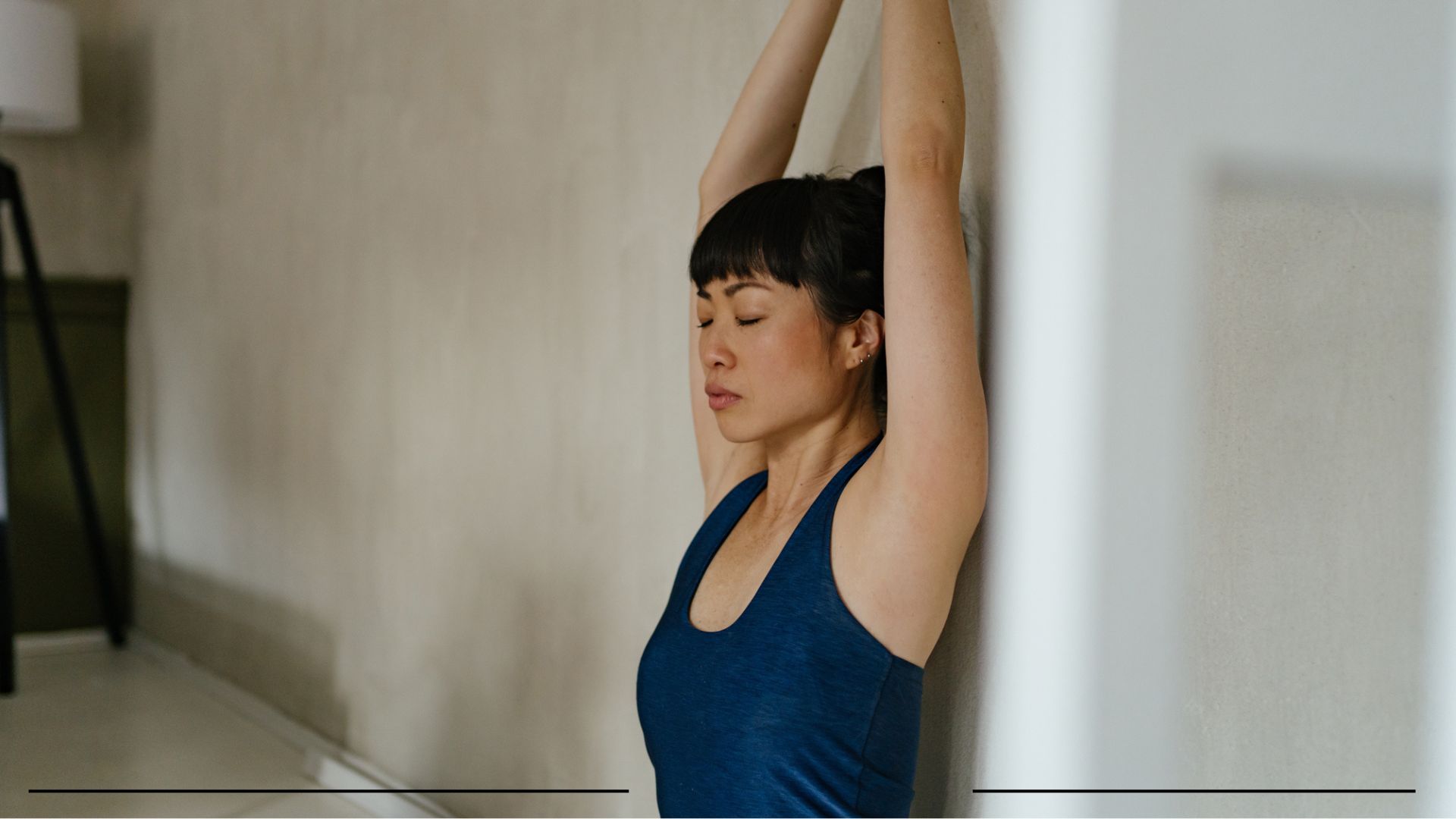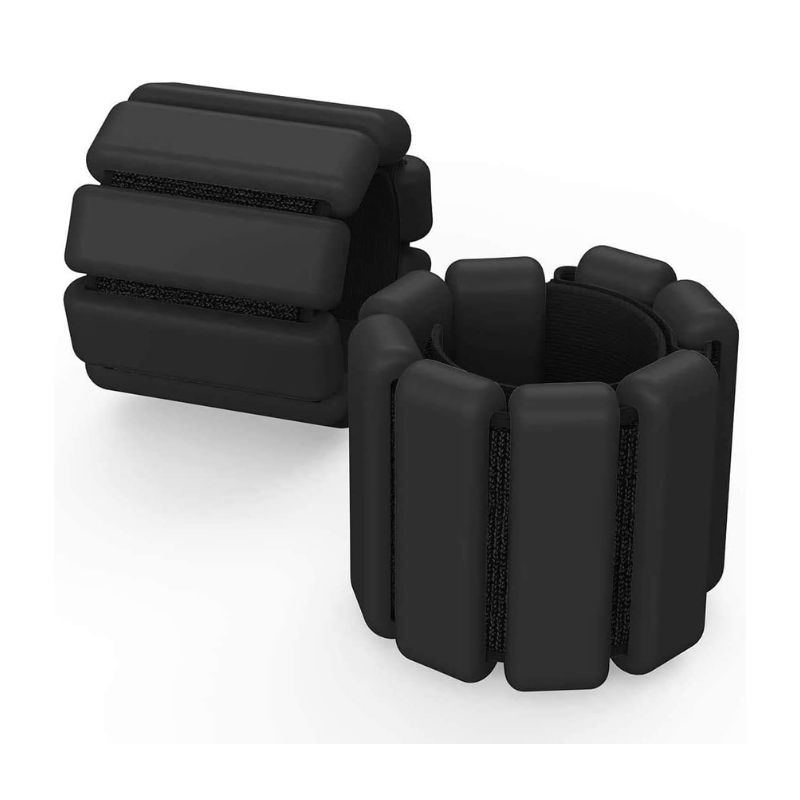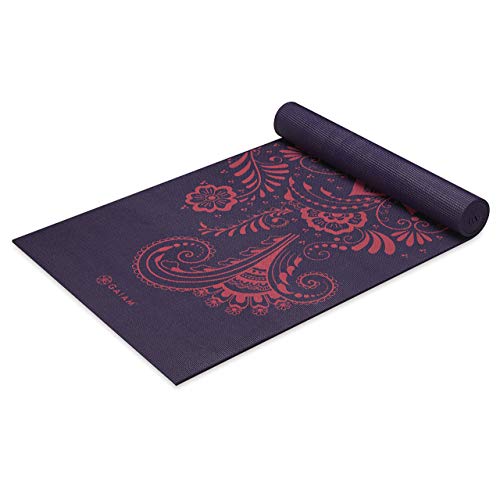This 3-move wall Pilates workout can help build a stronger core and improve your balance
Wall Pilates can help build lower-body strength, improve balance, and boost core stability. Here, two instructors reveal the routine to follow at home or the gym


Wall Pilates has become one of the most popular stretching and strengthening routines for good reason. It's a low-impact exercise that can be done anywhere, at any time, with little to no equipment in as little as 20 minutes.
As the name suggests, wall Pilates involves exercises that use a wall for support. Popular among those doing Pilates for beginners, these movements can include squats, glute bridges, and push-ups, along with stretches like roll-downs and back extensions, and the wall makes them easier by providing additional support.
That's not to say wall Pilates is an easy workout though. The focus remains on strengthening the core just like any full-body Pilates workout or Pilates abs workout. You'll also improve your balance and boost your coordination, which doesn't come without some hard work. Here, to walk us through what wall Pilates is all about, woman&home speaks to two certified instructors.
What is wall Pilates?
Wall Pilates is another variation of Pilates, the classic low-impact workout, says Caroline Lucas, a certified instructor, and yoga and meditation expert, who works with Karma Studios. "It focuses on the six original principles of the practice: centring, concentration, control, precision, breath, and flow," she explains.
"The wall adds an extra dimension to these principles, enhancing our ability to focus on the body’s alignment and movement. This is particularly beneficial in developing core strength and stability, which are at the heart of Pilates."
The wall assists in many exercises and makes movement easier. But, the wall can make other exercises harder too by providing additional resistance, much like the foot bridge does in reformer Pilates.
Thanks to its versatility, the practice went viral on social media platforms like TikTok last year when teachers revealed the benefits of using a wall in their sessions to add variation to traditional mat-based moves.
Sign up to our free daily email for the latest royal and entertainment news, interesting opinion, expert advice on styling and beauty trends, and no-nonsense guides to the health and wellness questions you want answered.
While we don't take notice of many social media workout trends, this one is worth paying attention to. The wall in this type of Pilates can offer integral support for strengthening and stretching the muscles - something those new to the practice or looking to improve their posture may benefit from.
Benefits of a wall Pilates workout
1. Wall Pilates may be more accessible for some people
Wall Pilates is more accessible than other popular types. Since it's beginner-friendly and you don't need any equipment, anyone can do it, regardless of their fitness level or workout environment.
"Unlike traditional Pilates, which often requires specialised equipment, wall Pilates can be practised with just a wall and minimal extras," says Lucas. "This makes it an attractive option for people looking to practice Pilates at home or in spaces with limited equipment. The wall serves as a versatile tool, offering resistance, support, and feedback, which aids in perfecting technique and deepening the effectiveness of each exercise."
2. It's great for injury recovery
While wall Pilates has found a new audience in recent years, it's been around for decades as an exercise rehabilitation tool, says Lucas. "The controlled and supportive nature of wall-based exercises makes them ideal for individuals recovering from injuries or surgeries," she explains.
It's also a lower-impact form of the workout, so it may be suitable for those looking to do Pilates every day as well. While very beneficial, traditional Pilates is likely too intense for many people's daily practice.
3. Wall Pilates focuses on core strength and stability
We often underestimate the importance of core exercises at home or in the gym. It's not all about getting abs - having a strong and stable core means a lower risk of back pain and pelvic floor issues. It can also help improve balance and coordination, reducing the risk of falls later in life.
"The stability provided by the wall allows practitioners to focus on controlling their movements. In turn, this improves their overall balance and coordination. This is particularly beneficial for older adults, and those recovering from injuries," says Lucas.
Additionally, this form of Pilates can help develop the mind-muscle connection for maintaining proper form, further reducing the risk of injury when doing other, more intense activities, like swimming as a workout or hiking.

A wall squat is one of the exercises to do in a wall Pilates workout.
4. It offers something different
Even if you've been practising Pilates for many years, there's something to be gained from this particular type of Pilates workout, says Jenny Haynes, a mind and body trainer at Third Space Canary Wharf.
"It isn't a style that I’d say would necessarily stand up on its own as a regular class, but the wall can be a fun way to add variations of classic moves. It recruits muscles in different ways and adds a playful element to some of your movements," she says.
A wall Pilates workout to try at home
Looking to try wall Pilates at home? Try three rounds of this routine, holding each exercise for at least 30 seconds to a minute. Many of the best Pilates apps also offer various routines to follow along with as well.
Wall roll down
A wall roll down is a core movement in wall Pilates, explains Lucas, and one that focuses on the spine and core muscles. "This technique enhances spinal flexibility and activates the abdominal muscles. The feedback from the wall gives this exercise a whole new feel."
How to do it:
- "Standing with the back against the wall, gradually roll down vertebra by vertebra, tucking the chin and bending forward, and then slowly roll back up," she suggests.
Single leg balance
A single-leg balance is, much like the name suggests, an exercise that enhances balance and stability. It engages the core and leg muscles, says Lucas.
While the video demonstration doesn't include a wall, the instructors recommend you use one for this exercise.
How to do it:
- "Stand with your back to the wall and lift one leg off the ground," she says. "Hold the position."
Wall squat
Wall squats strengthen and stretch the muscles around the spine, hamstrings, and calves, helping to improve core strength and posture, and helping you learn how to do a squat correctly. You could also try it as part of a Pilates with weights workout.
How to do it:
- "Place your feet on the floor, hip distance, and sit down into a squat position, using the wall to support your spine and head," says Haynes. "Your back should be flat and knees bent to 90 degrees."
- "Hold and feel the burn in your legs," she says. "For added variations, you could play with lifting and lowering your heels to activate your calves, and lifting the arms in the air and lowering them to add a little shoulder mobility."
Is wall Pilates a good workout?
Wall Pilates really works to boost strength, balance, and stability, especially if you're new to the exercise. But while it's beneficial as a very low-impact exercise, it doesn't get the heart rate up.
According to the NHS, all adults should get at least 150 minutes of moderate-intensity exercise every week to reduce the risk of serious disease. With that in mind, it's best to aim for a varied workout routine and combine wall Pilates with a low-impact cardio workout like indoor cycling or at least 30 minutes walking a day.

You might be familiar with ankle weights for walking - but if wall Pilates is your go-to workout, get ready to dig them out at home. These weighted bands turn even the most basic daily activity, from walking around the house to folding the washing, into a resistance workout.

Grace Walsh is woman&home's Health Channel Editor, working across the areas of fitness, nutrition, sleep, mental health, relationships, and sex. She is also a qualified fitness instructor. In 2025, she will be taking on her third marathon in Brighton, completing her first ultra marathon, and qualifying as a certified personal trainer and nutrition coach.
A digital journalist with over seven years experience as a writer and editor for UK publications, Grace has covered (almost) everything in the world of health and wellbeing with bylines in Cosmopolitan, Red, The i Paper, GoodtoKnow, and more.




